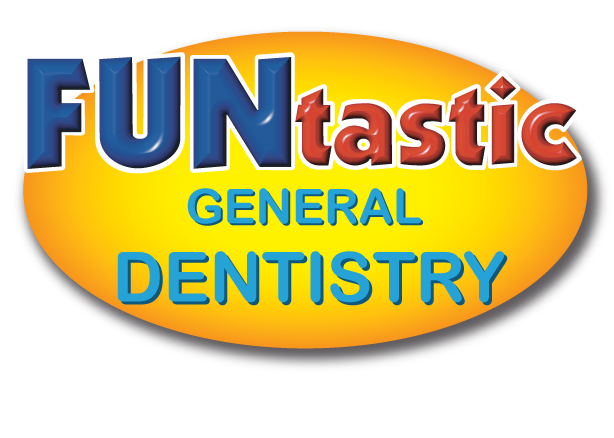TMD Treatment
Temporomandibular disorder is a condition affecting two crucial joints on our face, known as temporomandibular joints. These joints are found on each side of our skull and their purpose is to connect the jaw and allow its movement. The joint itself is held together with ligaments that all originate from different areas of the head and neck. When the ligaments work together properly, they support the jaw and enable it to move up and down in a hinge-type motion, and back, forwards and down. These movements make it possible to obtain maximum use from our jaw – for eating, drinking, talking, and more. Temporomandibular disorder is the result of problems that affect the joints, preventing it from being used properly.
In addition to providing smile makeovers to residents of Long Beach and the surrounding areas, we also provide the following general dentistry services in Long Beach: Dental Cleanings and X-Rays, Cavities, Wisdom Teeth / Oral Surgery, Endodontic Surgery, Mouthguards, Nightguards, Emergency Dental Care, Sedation Dentistry, Sealants, and Fluoride Treatment.

